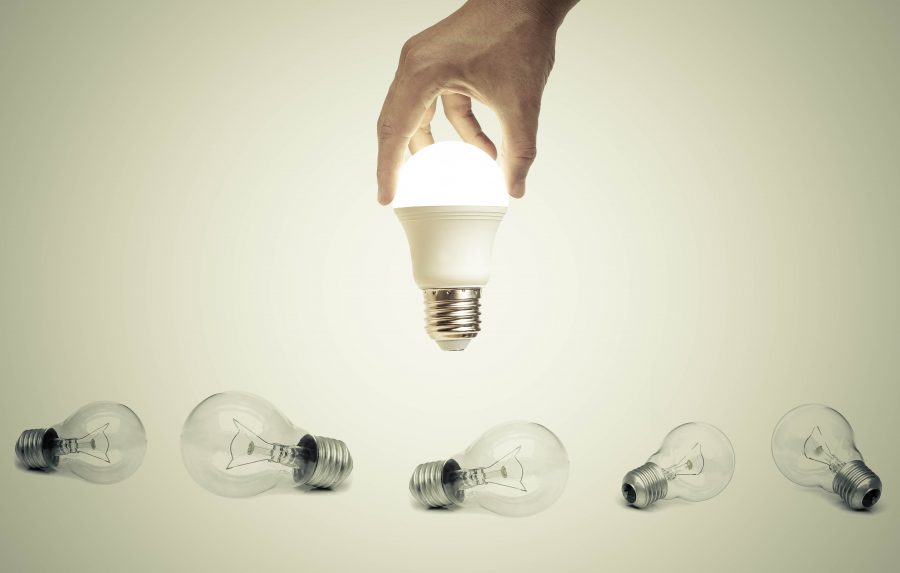LED is an alternative lighting source and it stands for light emitting diode. LED is bright, requires much lower amount of energy, is durable and has negligible impacts on the surrounding environment. That’s the reason why LED has replaced many regular bulbs today. LED appeared along with the beginning of electronics. LED has also outperformed the fluorescent lighting sources by a huge margin. You don’t need a degree in science to know that LED can bring so many benefits. LED can be applied in many areas, such as home, office, factories, roads and other places. One commonly mentioned benefit of LED technology is excellent energy efficiency. People will be interested if they are able to conserve energy. By conserving energy, we will use less resources and it means that we will spend less money. A much simple concept to understand is the lower wattage of LED-based lighting sources. As an example, a 60 Watt incandescent bulb is commonly used in offices and homes. However, the same level of brightness can be achieved by a LED bulb that consumes as little as 7 Watts.
Another big benefit of the LED technology is the higher functionality. As an example, fluorescent lighting is often associated with mind numbing glare that is commonly found in office buildings and schools. This is a much less of an issue with LED lighting. It is also possible to properly adjust LED bulbs, in terms of brightness factors and different tints. LED is often more about decorations in holiday window displays and chandeliers. Some office or home interior designs are more effective with specific tints and brightness levels. It means that LED is more functional due to its versatility. LED bulbs are very suitable for dimming purposes. So, it is clear that LED lighting has excellent functionality. Another good benefit about LED lightning source is the excellent environmental impacts. Because LED lighting sources have much lower energy requirements, the overall resources that are used will be less as well. You will be able to notice this by the reduced monthly bills. If all bulbs are replaced by LED bulbs, gigawatt-hours of power will be saved each year and this also means that we will have lower fuel usages.
The amount of pollutants that are released at power plants needed to operate LED lights is much lower as well, especially compared to fluorescent and incandescent light sources. Also, fluorescent bulbs are infamous for the presence of mercury inside them. Mercury can easily contaminate water and traces of liquid metal will find their way into our body. We should also consider about the excellent lifetime of LED bulbs. Incandescent bulbs are usable for 2000 hours, while good quality fluorescent bulbs could last for about 15,000 hours. However, LED bulbs could blow them out of the water, by providing 80,000 hours of operational time. A LED bulb could potentially last for decades with moderate usages. LED bulbs can be slightly more expensive than fluorescent light bulbs, but they are incredibly affordable when take into account the extensively long life span and lower energy usages.


























Leave a Reply